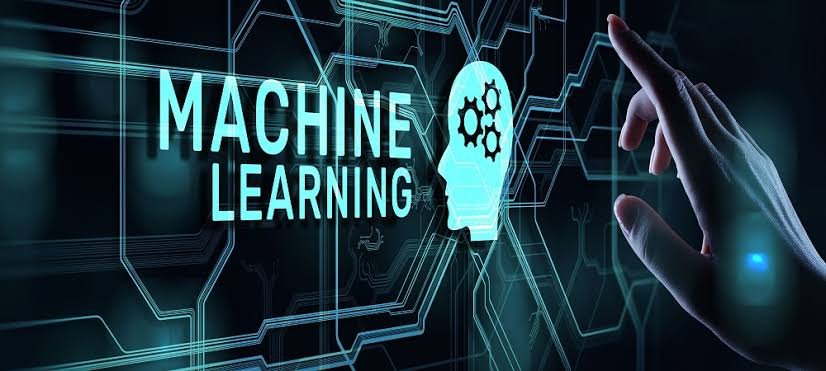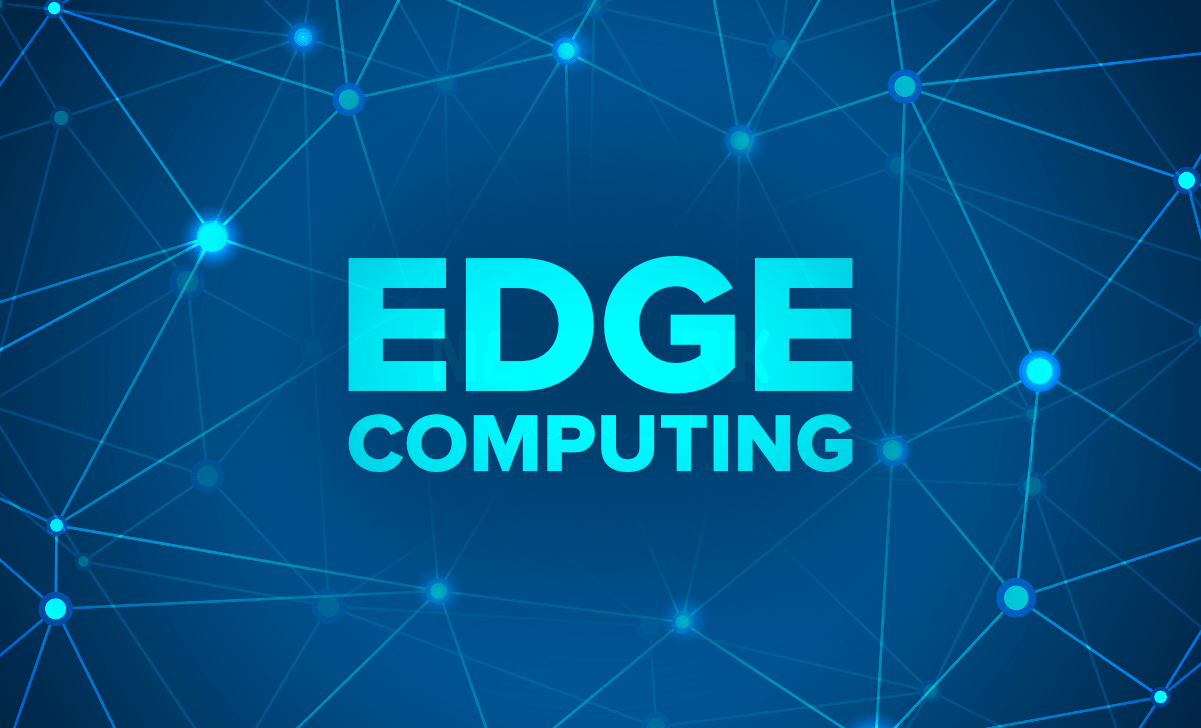AI is no longer restricted to research labs and corridors within technology behemoths; rather, using machine learning, it has woven itself deep inside the everyday life fabric. Machine learning is a subset of AI that allows systems to understand from data, recognize patterns, and make decisions themselves with limited human intervention. This is the technology behind a variety of everyday utilities and services, most often operating in the background for an easy, safe, and efficient life.
Below are a few pragmatic uses of machine learning in everyday life, starting from how it personalizes our experience online to how it assists in decision-making for various sectors.
Personalized Recommendation of Content
One of the most familiar uses of machine learning includes recommendation systems streaming platforms use, such as online shopping and social media. Online services like Netflix, YouTube, and Amazon employ machine learning to track user behavior based on what they’ve viewed, bought, or searched for-and make predictions about their likes. These recommendations are based on advanced algorithms analyzing millions of users’ data, while continuously updating as your tastes evolve.
This personalization increases user satisfaction with content that fits their needs while increasing engagement for platforms as it keeps users online and interested in the content.
Voice Assistants: Bringing AI into Our Homes
AI is, in fact, an invited guest to many homes, taking the form of voice assistants: Siri, Alexa, or Google Assistant. They employ speech identification, contextual understanding, and accurate responses to the given commands via a multitude of machine learning. Over time, they learn user interactions for providing relevant answers, setting reminders, playing music, and even managing smart home devices.
Through machine learning, voice assistants are continuously improved to understand languages better; hence, interactions would feel much smoother and intuitive. They’re also starting to become quite useful for handling day-to-day tasks with nothing but a simple voice command, with frequent updates and more expansive capabilities.
Smart Home Technology and Automation
The integration of machine learning into automation with smart home devices, from thermostats and all the way to lighting, has eased the process. It therefore means devices such as smart thermostats analyze temperature patterns and user preferences to automatically adjust settings for optimal comfort and efficiency in energy use.
Smart home systems learn user routines to automatically turn off lights if a room isn’t filled or adjust the temperatures according to occupancy patterns. Using machine learning in smart homes may enable informed decisions that make life more convenient while saving energy and money.
Healthcare: Diagnostics and Patient Care Rethought
Some of the many ways machine learning has transformed healthcare advances, from diagnostics into the personalization of treatment, include the following: the algorithms of machine learning scan medical images, including MRIs and X-rays, looking for early stages of diseases such as cancer. This therefore grants radiologists and doctors the chance to make diagnoses more speedily and with a greater degree of precision, hence affording early interventions a chance to save lives.
Also, some of the wearables, like activity trackers and smartwatches, have implemented machine learning algorithms that continually monitor vital signs. Wearables for heart rate and activity may even allow for the potential to detect irregular heartbeats, hence notifying users and medical professionals where something may require attention. In diagnostics, machine learning contributes by turning healthcare slowly but surely from reactive to proactive, focusing on early detection and prevention.
Financial Services: Enhancing Security and Personalization
Machine learning fraud detection, credit risk assessment, and personalized advice are just some of the uses in financial sectors. Banks and credit card companies apply machine learning algorithms to patterns of transactions to find out unusual activity. In those cases, when a transaction seems suspicious, the system can instantly flag it out, warn the user, or even block the transaction from being carried out in order to avoid loss.
The same machine learning can then enable robo-advisors to perform financial planning and investment advice, considering the user’s risk tolerance and financial goals. Such AI-powered advisors study market trends and individual preferences to construct personalized investment plans that make financial planning more accessible to a wide range of people.
Transportation: Improving Safety and Efficiency
From ride-hailing apps to autonomous vehicles, machine learning is used for it all. Applications of machine learning here include demand prediction, mapping optimal routes, and offering dynamic prices depending on the traffic flow or even weather conditions. With these algorithms, drivers can travel faster, thus reducing time and increasing efficiency.
This could enable an autonomous vehicle to recognize objects, contextualize and make decisions in a fraction of a second. For example, sensors and cameras collect data while driving on the road, which is then processed by self-driving cars through machine learning systems to analyze the traffic and secure the passengers.
Email Filtering and Spam Detection
Then, there is spam detection and filtering in email management once more with the power of machine learning. Services like Gmail have adapted to these algorithms in classifying incoming messages as spam or important; through time, such algorithms learn by building a database of characteristics typical in spam messages, like specific phrasing, links, and sender details that improve their capability to block unwanted messages.
What’s more, these algorithms evolve constantly as users provide feedback in the form of classifying emails as spam or otherwise moving them to their inbox, so that the system can make better predictions next time around. This sort of intelligent filtering saves users’ time and protects them from phishing scams and malware.
Retail and E-commerce: Making Shopping Smarter
The use of machine learning in retail has been manifested in the personalization of experience, optimization of inventory, and smoothing of operations. It is used on e-commerce websites to recommend products according to the user’s browsing history and purchase, and to predict which items will be in demand. This would help retailers manage their inventories effectively to minimize waste and improve customer satisfaction.
Besides, it powers virtual shopping assistants through machine learning, which enable customers to locate products in a much faster way, answer questions, and give personalized recommendations. In physical stores, machine learning is already in use in cashierless systems where sensors and cameras track all the items taken by customers, making an automatic checkout for a seamless, quick experience.
Social Media: Creating Personalized Experiences
Social media platforms are driven by machine learning; thereby, it shows the user the content that interests him/her. Algorithms analyze users through likes, shares, comments, and browsing to create feeds aligned with each user’s interests. Here is how the machine learning will help: Helping suggest friend proposals, recommending groups, and surfacing trending topics relevant to users helps Facebook, Instagram, and Twitter.
In effect, social media platforms can iterate their algorithms and offer tailored experiences through a process of continuous learning based on user interaction. Of course, with this degree of personalization comes critical questions regarding data privacy and the role of machine learning in sculpting the views of users through curation of content in a specific way.
Education: Personalization of Learning Experiences
It is making education far more personalized because it uses machine learning as the newest pedagogy. In this regard, EdTech platforms apply machine learning to modify their content in accordance with a student’s strengths, weaknesses, and the speed at which they learn. If a student is weak in concepts of mathematics, for example, the system might suggest additional practice problems or videos that might target their specific needs.
Through machine learning, educators have unparalleled insight into the progress of students to know exactly when they need targeted support to improve learning outcomes. This approach does not only make education more accessible but helps students engage with the materials in ways that best suit their learning styles.
Future Implications and Ethical Considerations
As machine learning grows, it will further become part of our lives. It holds immense potential, from easing minute tasks for humans to bringing revolutions in industries. On the other hand, with growth come ethical concerns. The processing and sharing of personal data have yet another dimension of privacy concerns, where people are never aware of the usage of their information by AI systems.
Apart from that, machine learning sometimes perpetuates biases in decision-making when flawed data has been used to train the models. Fairness, transparency, and accountability are crucial elements of AI systems that can let machine learning contribute to applications that serve beneficial needs for society as a whole.
Conclusion
It has come to be intertwined in almost everything, from the way we shop, travel, and even communicate, to the way we handle our finances and health. Indeed, the more it will advance, it only is a promise for betterment of lives and, with that, a baggage full of challenges. The ability to adopt responsible machine learning is where true value will be realized in its full potential for all.




